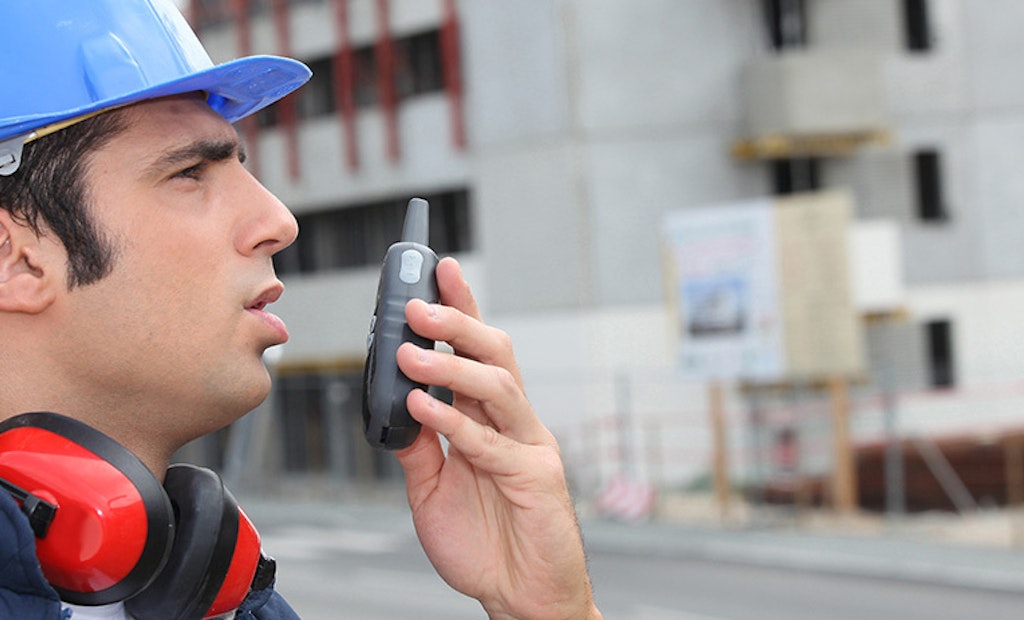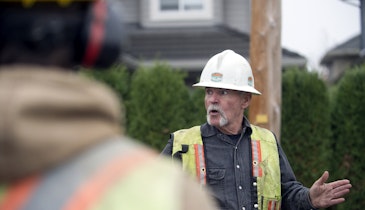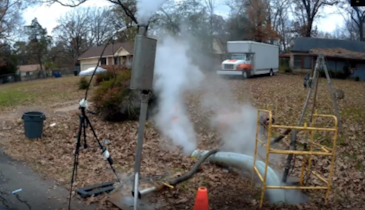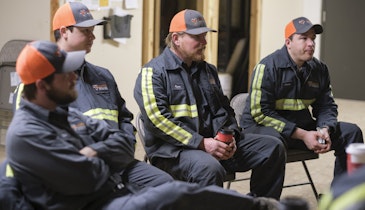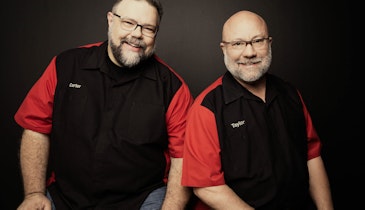Interested in Vacuum Excavation?
Get Vacuum Excavation articles, news and videos right in your inbox! Sign up now.
Vacuum Excavation + Get AlertsTwo-way radios have many benefits. Many of Sonetics' customers still rely on them to connect to team members more than 1,600 feet away. And two-way radios can plug right into the wireless headsets.
But two-way radios also have weaknesses. There are times when they shouldn’t be the first thing you pull out of the equipment shed. Here are a few scenarios where they aren’t optimal:
- High-noise environments
- Situations that require two hands
- When team communication has to flow
When 'say again' is your typical response
On a job site, you compete with equipment noise and the elements. In manufacturing, it’s industrial machinery. In excavation, it’s the drill and working in confined spaces. In towing, it’s the traffic and the rotator. And in tree care and public works, it’s the tools and equipment again.
In many industries where two-way radios are the standard for crew communication, there are noise factors that can make their use difficult, frustrating or even dangerous. In all of these scenarios, sending or receiving a message can be mission critical for both safety and productivity. Nobody wants to be the person who couldn’t hear the warning or couldn’t be heard when trying to warn a coworker.
PTT can be too distracting
To talk over a two-way radio, you have to press the push-to-talk (PTT) button. That may sound silly at first, but not when you realize that to do that you have to remove a hand from something else. A crane control, steering wheel, power tool, shovel or production line.
Much of the time, it’s not that big a deal to reach for your two-way. But we can all think of instances where both hands and complete focus were required to keep our work, our team and ourselves safe. When that happens and we choose to shut everything down in the name of safety to use the radio, production suffers. Communication is essential, but you don’t have to sacrifice safety or productivity to get there.
No room for error
Two-way radios can connect you to another team member and can broadcast your message to the entire team. However, most systems are half-duplex, which means that while you’re talking, other team members can’t be heard at the same time. Half-duplex is one-way communication, which is fine for general announcements and reminders.
The other common scenario where two-way radios can fail is during an emergency. When a team member is talking (pressing the PTT button) the channel is blocked for anyone else on the team until the speaker releases the PTT button. When an emergency happens under these circumstances, no one hears or can be heard.
When every member of the team needs to hear and be heard simultaneously — whether it’s a team of two or 20 — then full-duplex communication is a necessity.
The quick fix when two-way radios fail
Sonetics wireless headsets connect teams with hands-free, wireless communication. Using the DECT7 wireless standard, Sonetics headsets ensure full-duplex, interference-free, digitally encrypted communication for every member of your team.
In high-noise environments, you have the added advantage of 20 dBA of hearing protection, noise protection features and an auto-leveling microphone that lets your voice stand out against varying levels of background noise.
To communicate, all you have to do is talk in a normal voice and listen. No need to use the PTT unless you want to engage your integrated two-way radio or answer a call on your Bluetooth-connected mobile device.
And every team member can hear and be heard, making for a safe, productive work environment.
Two-way radios will continue to be popular for group communication, and they do get the job done for the most part. But if these scenarios where two-way radios fail have a familiar ring, then you need Sonetics wireless headsets.
